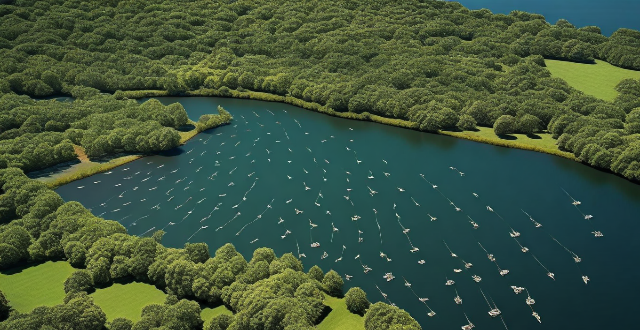Climate loss and damage refer to the negative impacts of climate change on natural and human systems, including direct impacts such as extreme weather events and sea-level rise, and indirect impacts such as ecosystem changes and food security issues. Mitigating these impacts involves reducing greenhouse gas emissions and adapting to the inevitable effects of climate change.

What is Climate Loss and Damage?
Climate loss and damage refer to the negative impacts of climate change on natural and human systems. These impacts can be direct, such as extreme weather events (e.g., hurricanes, floods, droughts), or indirect, such as changes in ecosystems that affect food production and water availability.
Direct Impacts
Direct impacts are those that occur as a result of the immediate effects of climate change. They include:
- Extreme Weather Events: These are becoming more frequent and intense due to rising global temperatures. Examples include heatwaves, heavy rainfall, and hurricanes.
- Sea Level Rise: Melting glaciers and ice sheets are causing sea levels to rise, which can lead to flooding in coastal areas.
- Droughts and Water Scarcity: Changes in precipitation patterns can cause prolonged periods of dryness, affecting agriculture and drinking water supplies.
Indirect Impacts
Indirect impacts are those that occur as a result of the cascading effects of direct impacts on various systems. They include:
- Ecosystem Changes: Climate change can alter the distribution and behavior of species, leading to disruptions in ecological balance.
- Food Security: Changes in temperature and precipitation can affect crop yields, leading to food shortages and increased prices.
- Health Impacts: Warmer temperatures can lead to the spread of diseases carried by insects and animals, while air pollution from wildfires can also have health consequences.
Mitigating Climate Loss and Damage
To mitigate climate loss and damage, it is essential to reduce greenhouse gas emissions through measures such as renewable energy sources and energy efficiency improvements. Additionally, adapting to the inevitable impacts of climate change is crucial for minimizing their severity. This includes building resilient infrastructure, implementing early warning systems for extreme weather events, and developing sustainable land use practices.
In conclusion, understanding climate loss and damage is crucial for developing strategies to address the challenges posed by climate change. By taking action now, we can help protect our planet's natural resources and ensure a sustainable future for all.